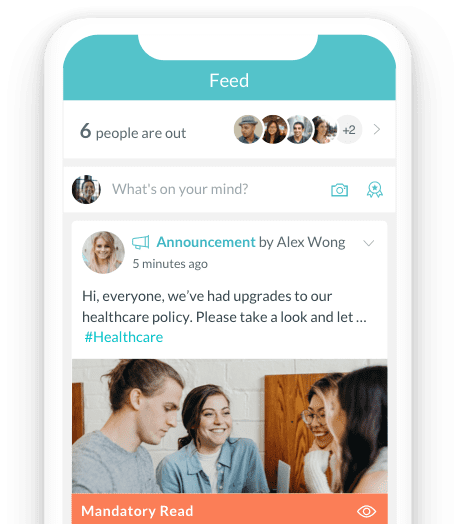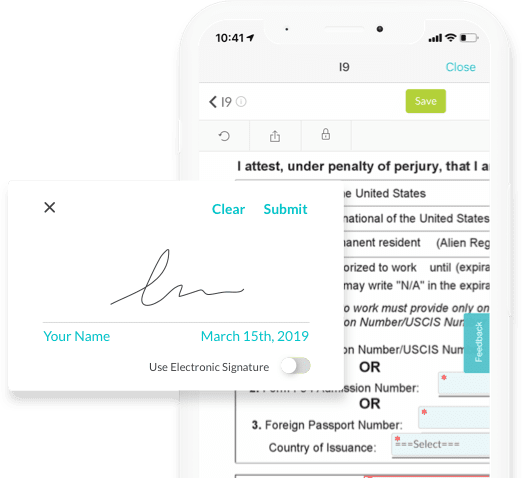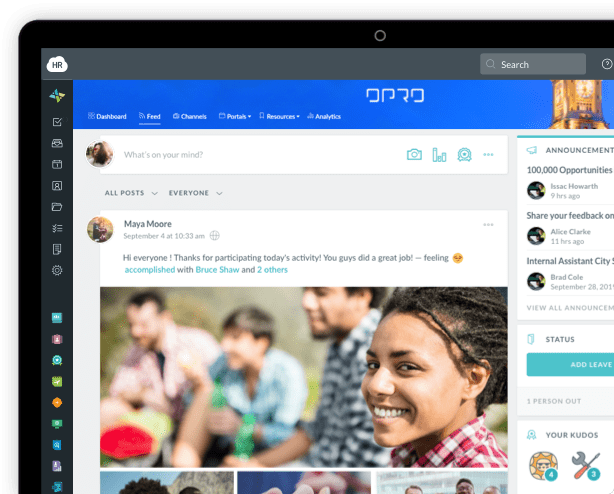5 Effective Strategies For Personalized Employee Experiences in the Healthcare Industry

In the healthcare industry, personalized employee experiences have become a vital part of creating a positive environment. Implementing the right tactics can help you build rapport with your team, which translates to happier workers and better patient care.
It’s up to HR and management to make sure this idea comes to life in the field.
Today, I'll show you actionable strategies that you can use to create personalized and engaging experiences for your workers. HR professionals and healthcare executives alike can use the following tips to create a tailor-made plan for their team.
But first, let’s review some of the benefits of offering personalized options for your workers.
Why Do Personalized Employee Experiences Matter in the Healthcare Industry?
Healthcare employees need flexible options that allow them to make adjustments based on their specific preferences, needs, and pain points. Failing to take this step could result in a high churn rate as well as decreased patient and employee satisfaction.
While this statement is generally true for most businesses, it’s even more important in the healthcare industry, where the work is delicate, and factors like compassion burnout frequently come into play.
Here are several specific benefits that come with personalizing experiences for your team:
-
Better patient care - Personalization for employees leads to better patient care, which is the whole point of healthcare. Your team can spend more time focusing on their patients when they’re not worried about other aspects of their job.
-
Improved productivity - People are more likely to do their best work in an environment that encourages flexibility.
-
Increase engagement - Studies show that when employers offer their employees personalized engagement options, they see 147% more engagement.
-
Boost morale - Healthcare is a tough industry, and staying positive is not always easy. The ability to do things, like take time off after a rough stretch, will improve employee morale and overall satisfaction.
-
Reduce churn - Your employees are far less likely to leave for another facility if you take steps to address their needs.
-
Gather actionable feedback - When your team is happy and comfortable, they’re more likely to share their opinions with you, which encourages transparency and actionable feedback.

5 Strategies for Creating Personalized Employee Experiences
Now, it’s time to explore 5 actionable ways you can build a personalized experience for each of your employees.
Ask for Preferences
The first thing you should do is to ask your employees to share their preferences. If you skip this step, you’ll have a tough time keeping employees engaged and happy. Think about it; how can you help meet peoples’ needs if you don’t know what they want?
You should do two things to ensure this strategy works for you.
First, I suggest sending new hires a brief survey so you can learn their preferences and consider special requests. For instance, you could allow workers to choose the days they would prefer to work each week.
It’s also a good idea to occasionally (once or twice a year) reach out to existing employees and find out if there have been any changes to their needs or preferences. This strategy will help you monitor your team and continuously tweak each employee’s experience.
You should also encourage employees to reach out to you if something needs to be addressed before the survey.

Personalize Onboarding
Onboarding is the process of getting new hires ready to take on their day-to-day responsibilities. In healthcare, onboarding can be complicated because of the various regulations, roles, and responsibilities.
Due to the vast nature of the industry, onboarding can vary significantly between jobs. An X-ray technician, for instance, has a totally different onboarding procedure when compared to a phlebotomist.
There’s also the fact that people are different. So, onboarding can even vary within the same role.
The best thing you can do is sit down with new employees so you can assess their experience and skill gaps. Use this information to create a customized onboarding program that uses a mix of online courses, internal documents, partnering with other employees, and 1:1 meetings.
Use what you learn to tweak your onboarding process that helps healthcare workers get comfortable in their role.
Build a Culture of Respect
When most people think of company culture, they imagine an About Us page on a website that breaks down things like core values. The thing is, culture is more about action. You can tell others you have a strong company culture, but if your actions don’t reflect your words, people will see right through it.
A culture of respect and kindness is vital for long-term success and employee satisfaction. People want to feel like their supervisors hear their thoughts, concerns, and feelings. If people feel like they’re shouting into the wind, there’s a good chance they’ll look for another healthcare facility that listens to their needs.
If you want your team to know you respect them, show them! For example, you could reward team members for working hard, listen to their concerns, and help them when they’re struggling.
You should also make sure HR is always available to help your workers when there is a unique problem or situation.
Taking steps to build a culture based on respect will result in receptive employees. Your team will turn to you when there’s a problem because you’ve shown in the past that you’re there for them.

Consider Offering a Hybrid Work Arrangement
Next, let’s talk about allowing employees to choose how they work. People have gotten comfortable working from home over the last few years. While some healthcare jobs cannot be done from home, some can.
For example, if there’s a role with a lot of paperwork and other office-based work, consider offering these employees a hybrid work option. These tasks can be done from a home office, which might be preferable for team members with children or who simply prefer to work from the comfort of their homes.
It’s safe to say that the desire for hybrid work arrangements isn’t going anywhere. According to Forbes, 98% of people want to work from home, at least part-time.
I recommend assessing the roles in your company that could be done from home. Then, you’ll want to contact the people on these teams and ask if they’d like to adopt a hybrid work arrangement. Allowing people to choose where they work is an excellent personalization feature that you shouldn’t ignore.
To make sure the remote-working part of your employees’ workload goes smoothly, you need to provide your team with the right know-how, and also the suitable technology such as task management software tools.
Use Personalization Technology for Fast, Reliable Results
Finally, you should invest in HR software that makes personalization fast and reliable. There are plenty of tools to choose from, like our HR mobile app that helps managers and HR specialists keep in contact with their employees.
You can use this technology to keep track of employee segments, learn about individual needs, share company updates, and streamline overly complicated workflows.
If you want to communicate a message to one team member, make sure you personalize the subject line of the message. Research shows that taking this step can improve engagement by 22%.
Including a search function on your company portal is also a great idea so employees can quickly and easily find forms, documents, and other important information.
Wrapping Up
As you can see, there are plenty of ways HR can start personalizing employee experiences in the healthcare industry. The strategies outlined today will help you build rapport with your team and create an environment where patients receive top-notch care, and employees feel appreciated and respected.
Author Bio:
Syed Balkhi is the founder of WPBeginner, the largest free WordPress resource site. With over 10 years of experience, he’s the leading WordPress expert in the industry. You can learn more about Syed and his portfolio of companies by following him on his social media networks.
Keep Reading
Balancing Technology and the Human Touch in Employee Engagement
Companies are taking employee engagement very seriously because it is one of the ways of
Building Strong Teams: The Power of Team Bonding Exercises
Never overestimate the power of collaboration as a core element of effective team



